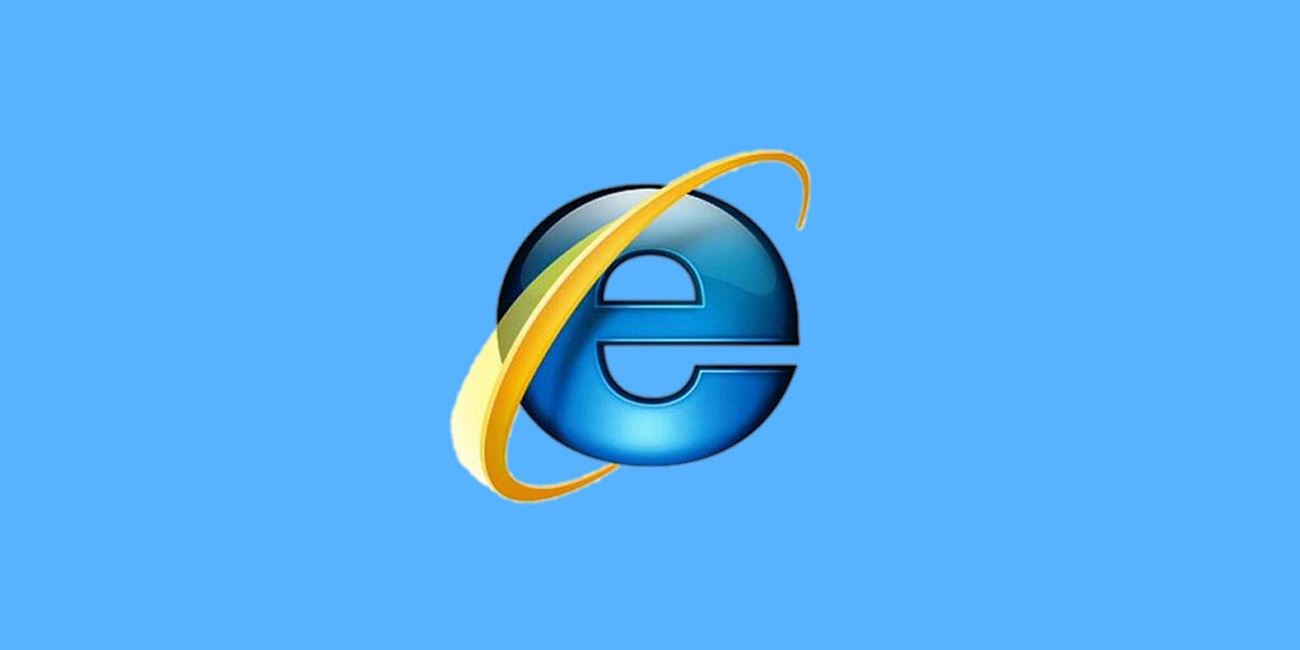Microsoft’s Internet Explorer is used by the majority of computer users all over the world. But the company just announced a major issue.
Bill Gates’ Microsoft Corp. announced on Saturday that Internet Explorer versions 6 through 11 are all vulnerable to a glitch that when properly exploited can give hackers remote access to a victim’s computer.
IE widely used around the world
When combined, versions nine through 11 of the browser accounted for 26.25 percent of all web traffic in 2013, security firm FireEye claimed over the weekend. If all vulnerable versions are accounted for, however, then upwards of 56 percent of the browsers currently in use around the world are reportedly in danger of being exploited.
In order to protect yourself from the flaw — dubbed “Operation Clandestine Fox” by security firm FireEye — the best thing you can do is stop using Internet Explorer until Microsoft patches it.
We actually recommend you download a different browser until the IE issue is patched. You can download Google’s Chrome or Mozilla’s Firefox. If you’re on a Mac and use Safari, you’re not affected.
If you are unable to switch from IE, then you should disable Adobe Flash in IE or use Microsoft’s Enhanced Mitigation Experience Toolkit security app. However, either of these options will not secure your computer as well as switching browsers will.
How to fix the issue until a patch is available
Adobe, the company that wrote the Flash product, published the following steps to disable the software in IE:
- Launch Internet Explorer.
- If you see an animation playing, then Flash Player is enabled.
- If you don’t see an animation playing, then Flash Player is not enabled. In that case, click on the Tools icon in the top right corner of Internet Explorer. (The icon looks like a cogwheel.)
- In the drop-down menu which appears, click Manage Add-Ons.
- In the dialog which appears, select Toolbars and Extensions.
- In the list of Add-ons, look for “Shockwave Flash Object” – which is another name for FlashPlayer.
- In the Status column, check to see whether Shockwave Flash Object is Disabled. If it is, click the row for Shockwave Flash Object to highlight it.
- In the bottom right corner of the Manage Add-ons dialog, click the Disable button.
- Close the Manage Add-ons dialog.
- Go to: and navigate to http://helpx.adobe.com/flash-player/kb/find-version-flash-player.html click on theCheck Now button. If flash is disabled, this page will tell you so.
If you have any questions, reach out to the Joker Media team for help.

